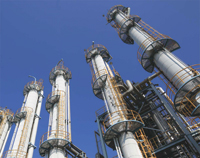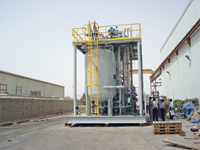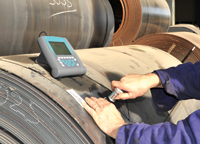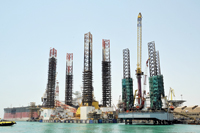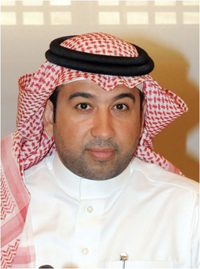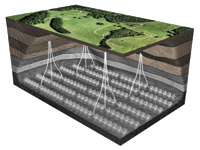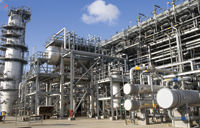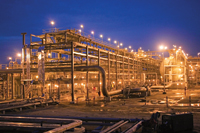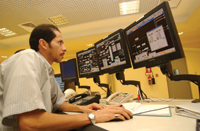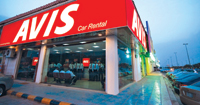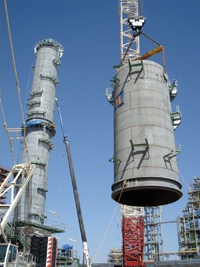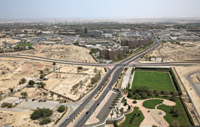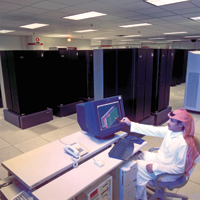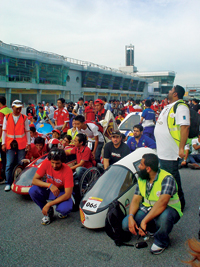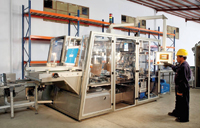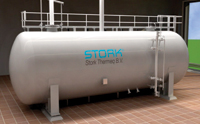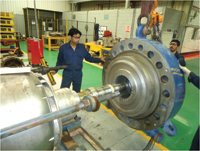
THE Environmental Protection Department (EPD) of Saudi Aramco has introduced the Environmental Management System (EMS) for implementation at the company’s operating facilities.
Although it is not Saudi Aramco’s intent to pursue a formal third-party certification, the EMS has been designed to meet the intent of ISO 14001.
ISO 14001 is a part of 16 international ISO 14000 standards designed to facilitate the development of internal processes for identifying and mitigating its environmental aspects and associated impacts.
The EMS is a general management system. The goal of the Saudi Aramco EMS is to foster continuous environmental improvement and to facilitate the migration of Saudi Aramco operating facilities from “Environmental Compliance” to “Environmental Performance.”
The EMS provides a proactive, systematic programme for facilities to achieve superior environmental performance. Achieving sound environmental performance requires a genuine departmental commitment and a systematic approach to continuous improvement of the EMS.
The overall objective of EMS is to substantially enhance a department’s ability to anticipate, identify and manage its interactions with the environment by avoiding, reducing or controlling the adverse environmental impacts of its activities, products and services.
An effective EMS establishes a structured approach to balance and integrate the department’s economic and environmental interests (ie, improving cost control by reducing environmental incidents that could result in liability); it also demonstrates a management commitment to prevention of environmental impact while dedicated to comply with or exceed applicable environmental requirements.
The design and continual improvement of an EMS is an ongoing process, which involves dynamic interaction with EMS users (ie, administrative, planning, operations, engineering and maintenance personnel) at the facilities.
Consequently, the EMS design, implementation and operation require knowledge of facility operations and systems’ management expertise. The structure, responsibilities, practices, procedures, processes, and resources for implementing an EMS can be seamlessly integrated with the existing organisational structure.
The EMS model is demonstrated through continuous practice of “Planning, Acting, Checking and Enforcing” (Pace). To effectively implement the Pace model, management’s commitment to the EMS and their leadership for environmental management is most critical.
The following steps provide a practical format to apply the Pace model:
PLANNING
The department should establish an ongoing planning process to:
• Identify the significant environmental aspects and associated significant environmental impacts;
• Identify and monitor pertinent environmental requirements (eg, government regulations, company standards) against internal performance criteria;
• Set environmental objectives and targets and formulate programs to achieve them; and
• Develop and use internal performance indicators relevant to the performance criteria.
ACTING
The department should implement the EMS and administer its operation by:
• Creating management structures and assigning roles and responsibilities with sufficient authority;
• Providing adequate resources;
• Training selected EMS staff and developing their competence and awareness;
• Establishing processes for internal and external communication;
• Establishing a process to develop and maintain documentation.
• Establishing a process to develop and implement document control(s);
• Establishing a process to develop and maintain operational control(s); and
• Establishing a process to develop and guarantee emergency preparedness and response.
CHECKING
The department should appraise the performance and compliance of the EMS processes by:
• Conducting ongoing monitoring and measurement;
• Evaluating status of compliance;
• Identifying nonconformity and implementing corrective and preventive actions;
• Developing, documenting and managing reliable records; and
• Conducting periodic internal audits.
ENFORCING
The department should review and enforce corrective/preventive action(s) to improve the EMS by:
• Conducting timely management audits and reviews of the EMS performance (this is done independent of the corporate Environmental Performance Assessment programme carried out by EPD);
• Evaluating the EMS relevance to changes in the department’s activities, products and services; and
• Identifying areas for EMS performance improvement.
In February 2011, EPD announced the introduction of the Saudi Aramco EMS for implementation by operating facilities. EPD customised the EMS specific to Saudi Aramco operating facilities, with practical attributes using objectives, targets, indicators and operational controls aimed at monitoring, measuring and improving performance to reduce the corporate environmental footprint.










































































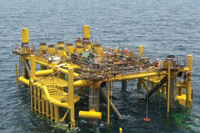
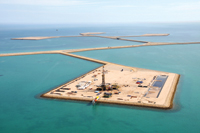

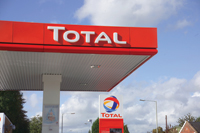
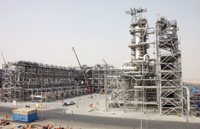

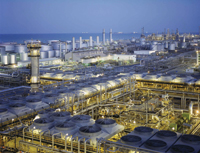
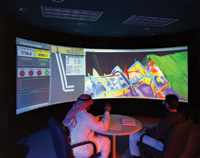
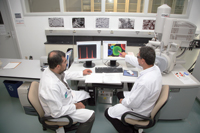

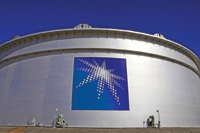



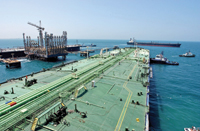
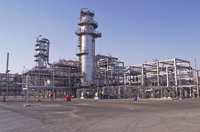



.jpg)

